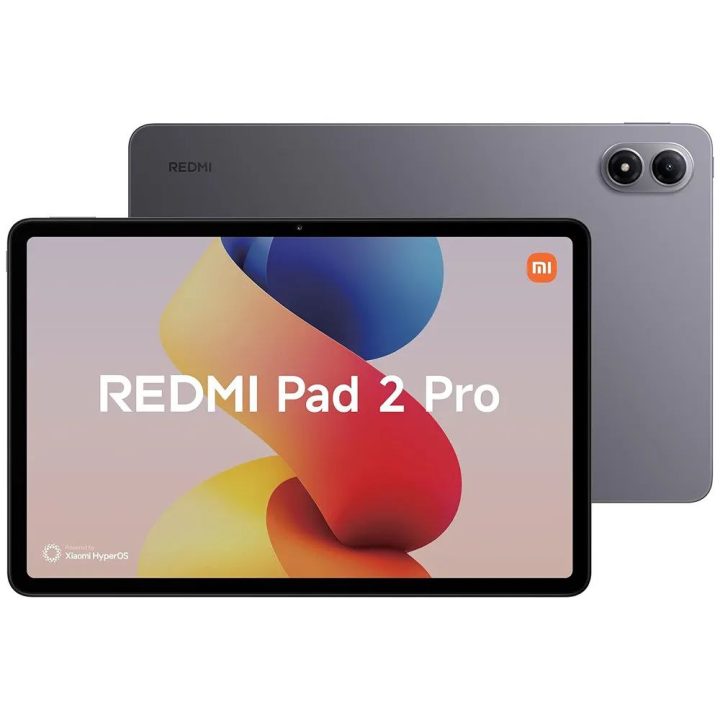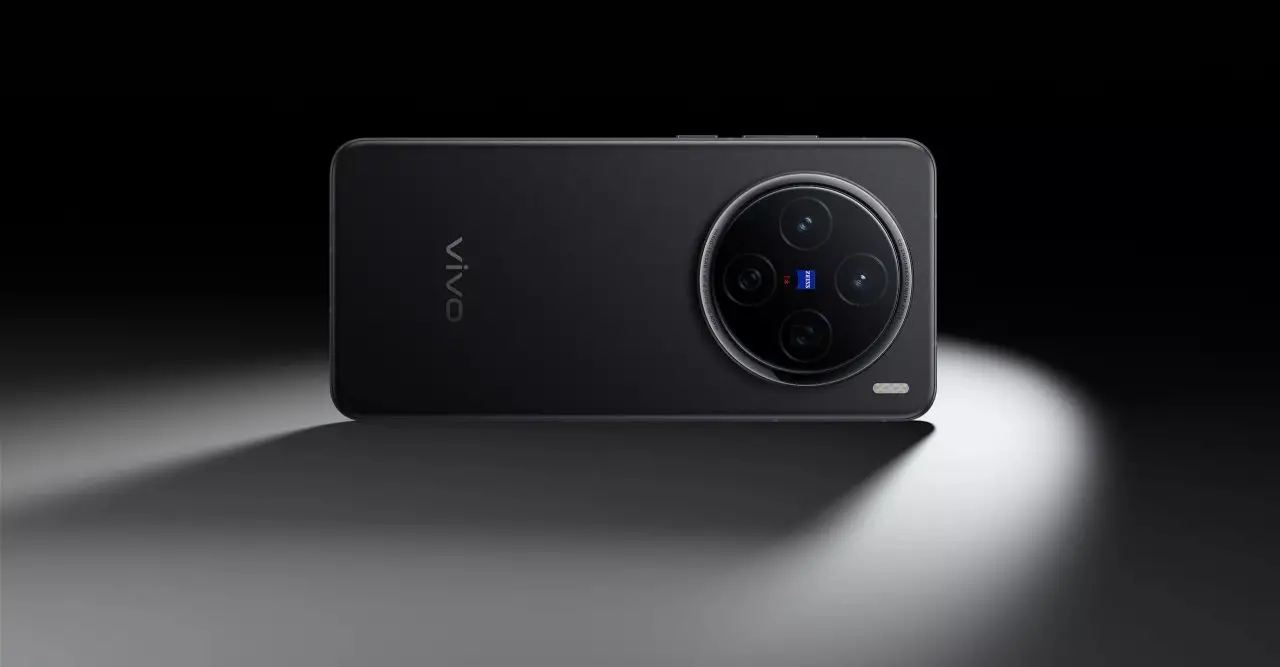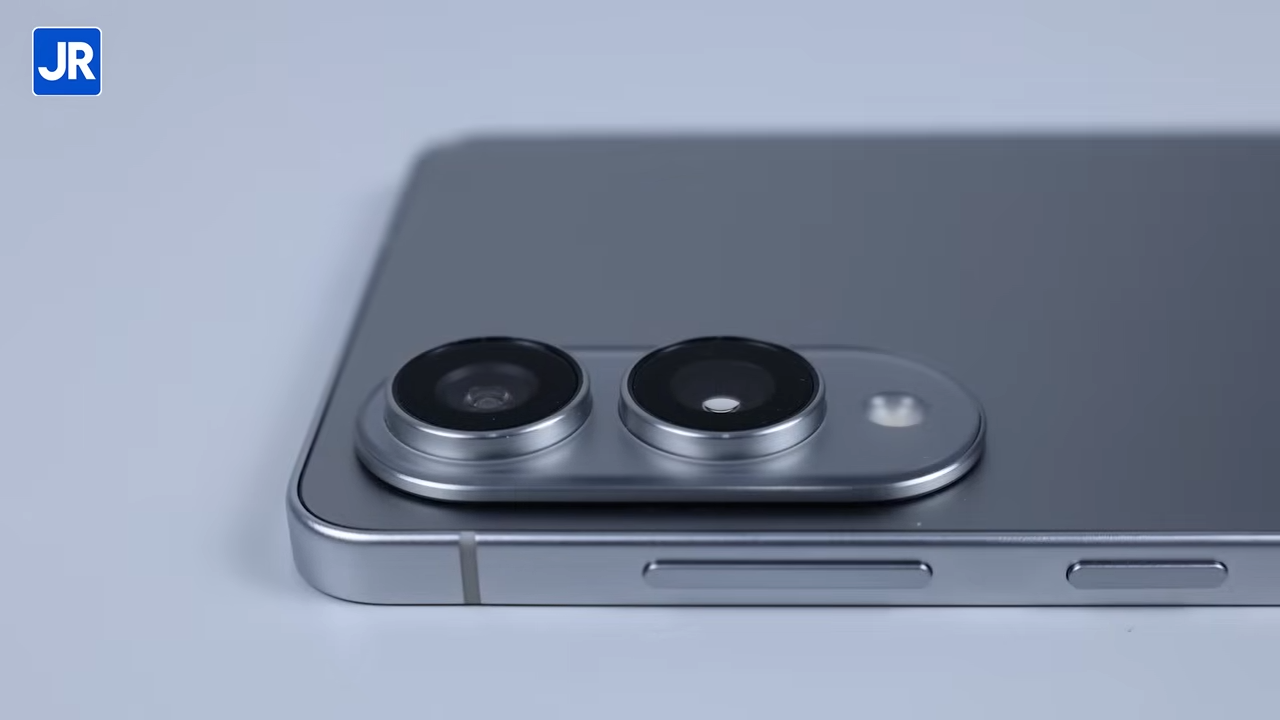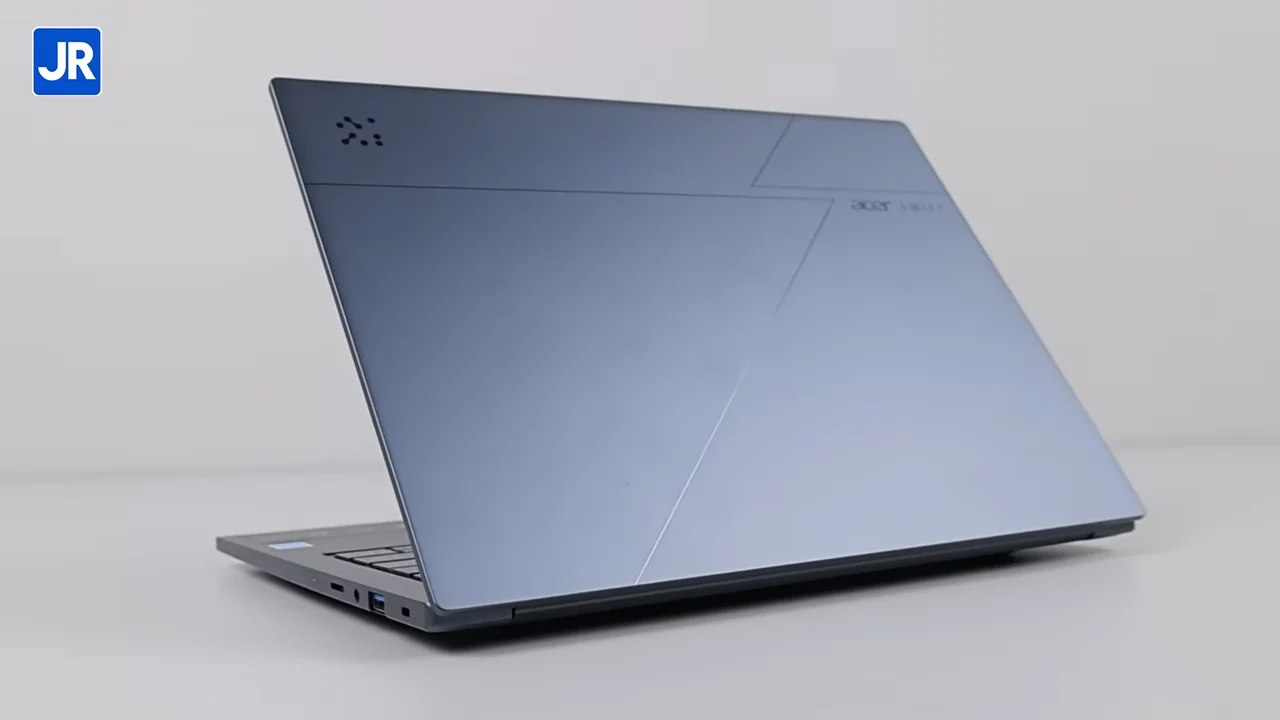Apple: Goodbye CDs and DVDs!

In 1998, Apple killed the floppy drive when the first iMacs came out with only a CD ROM drive and a pair of USB ports for external devices. Apple was envisioning software distribution via optical discs and over the internet back then as it began running software updates directly to each Mac and shipping full package software via CDs.
Flash forward to today, Apple has rung the death knell for CDs and optical discs in general even harder as it announced the Mac App Store as well as the USB-based Software Reinstall Drive in place of the DVD-based Software Restore Discs, which ship with the brand new MacBook Airs.
USB Reinstall Disk
The Software Reinstall Drive is a tiny USB stick containing all the necessary software to restore the MacBook Air to factory condition. CDs and DVDs had been the choice of media for Apple to ship its system software with every new Mac for maintenance purposes for decades.
Now, Apple has begun including those software in USB sticks instead. DVDs had been the choice to deliver software thanks to its ability to hold large amounts of data but with USB drives easily exceeding DVD capacity limitations, it was a choice that made more sense.
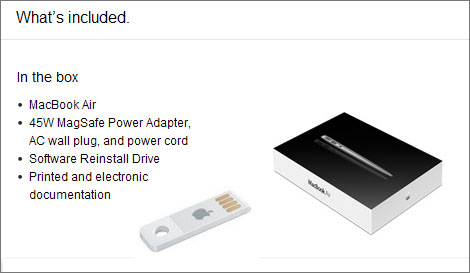
When Apple shipped iPods, it used to include CDs containing the iTunes software required to be used with the corresponding iPods but after a few years, Apple stopped that practice and urged customers to download the application from its website. This is only an extension of that practice.
When Apple shipped the MacBook Air in 2007 without a disc drive, it gave a strong hint as to where Apple was heading but the first MacBook Air wasn’t for everyone. It was too expensive to made any impact in that regard. Optical disc-based software distribution was more prominent and therefore required customers to use the optional SuperDrive or use another computer’s DVD drive with the over the air connection. In other words, jumping through hoops.
Apple had also been avoiding Blu-Ray as the successor for DVD despite its ability to hold more data because doing so would require a licensing agreement with Sony. Since Apple had been running the internet-based iTunes Store since 2003 to distribute music, movies, TV shows, and mobile applications, it saw no reason to adopt optical drives any further.
Mac App Store
At the Back to the Mac event, Apple announced the Mac App Store which was modeled after the App Store for iOS devices. Through the Mac App Store, software developers, especially independent companies, are encouraged to distribute their software rather than having to run their own distribution system.
Many apps are already distributed online without the use of an optical disc. Mac OS X users are already familiar with installing a large number of apps directly from the internet which were downloaded from various websites. The use of the optical drive has been greatly diminished.
Having a centralized distribution system would streamline that process and make it so much easier for customers to find the software they’re looking for and for developers to find customers and get their apps discovered.
The Mac App Store works exactly the way the mobile App Store works. Apps are profiled and listed on the store, and customers can search for the apps they’re after. A single click would install the app directly on to their Mac just like installing an app on an iOS device. Payment is done through credit cards and Apple will split revenue with developers just like the App Store.
Of course, Steve Jobs was quick to point out that unlike the App Store for mobile devices, the Mac App Store won’t be the only method of software distribution for the Mac OS X. Apple will still allow other methods of software installation including the traditional ways. This is the one major difference between the App Store and the Mac App Store.
The Mac App Store will start operating in 90 days and it will be the beginning of the end of disc-based software distribution.

